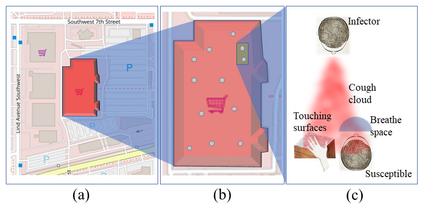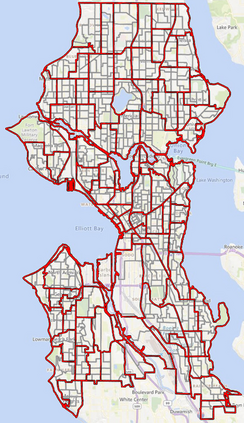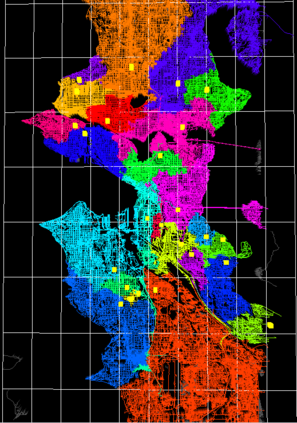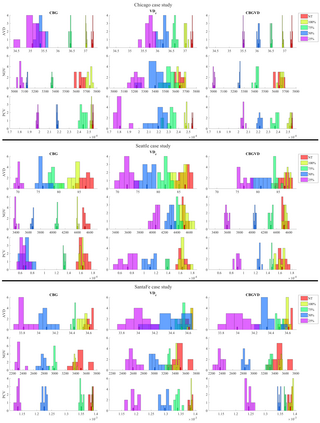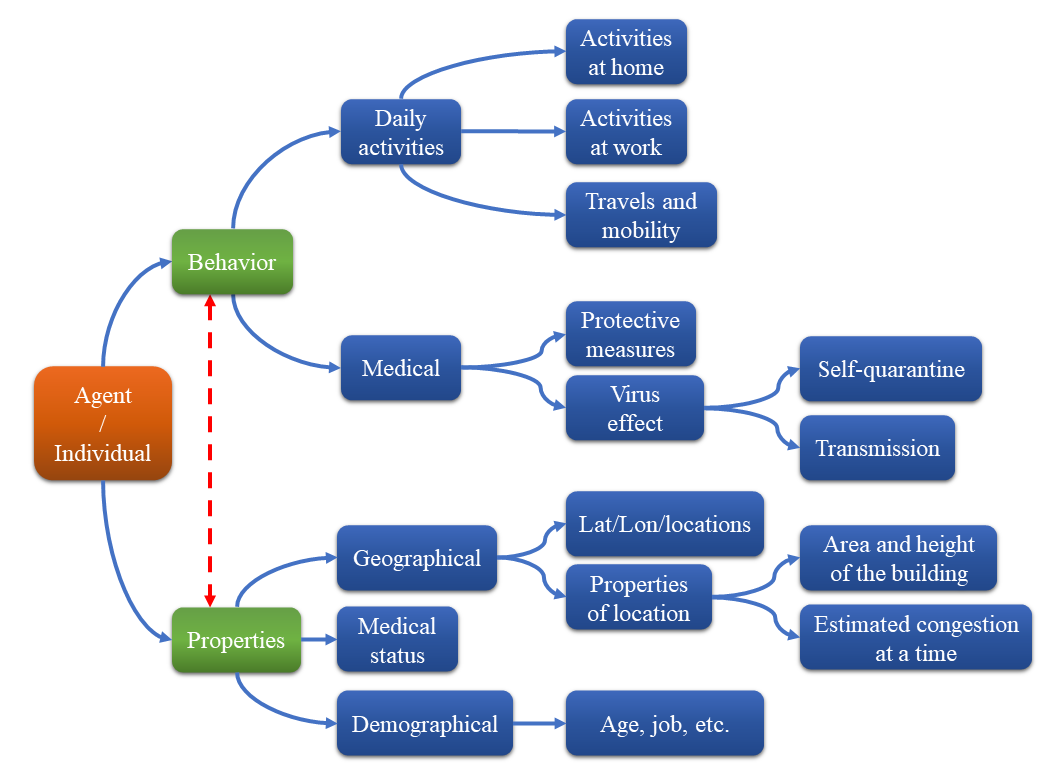Our study presents an intermediate-level modeling approach that bridges the gap between complex Agent-Based Models (ABMs) and traditional compartmental models for infectious diseases. We introduce "super-agents" to simulate infection spread in cities, reducing computational complexity while retaining individual-level interactions. This approach leverages real-world mobility data and strategic geospatial tessellations for efficiency. Voronoi Diagram tessellations, based on specific street network locations, outperform standard Census Block Group tessellations, and a hybrid approach balances accuracy and efficiency. Benchmarking against existing ABMs highlights key optimizations. This research improves disease modeling in urban areas, aiding public health strategies in scenarios requiring geographic specificity and high computational efficiency.
翻译:暂无翻译



